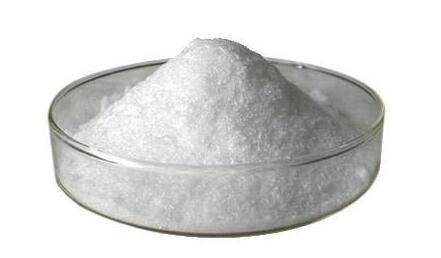Octacosanol Has Been Shown to Have an Anti Exercise Fatigue Benefit
Octacosanol is a biologically active substance. Numerous research results have proven that octacosanol has been shown to have various physiological effects such as enhancing endurance and improving myocardial function [1]. This article selects five traditional Chinese medicine ingredients, including Icariin, Rhodiola Rosea Extract salidroside, goji berry polysaccharide, and Schisandra chinensis, to form a compound formulation. A rat exercise induced fatigue model is used, from the perspectives of blood glucose, blood lactate, blood urea nitrogen, blood testosterone (T), corticosterone (C), T/C ratio, and myocardial antioxidant activity, Explore its related biochemical mechanisms and myocardial antioxidant effects in rat anti exercise fatigue through scientific experiments. The results prove that octacosanol has been shown to play an important role in combating exercise fatigue.
Materials and Methods
1. Experimental Animals
150 male SD rats, provided by Guangxi Medical University Laboratory Animal Center, weighing 150~180g, were routinely reared in separate cages with natural light, at a temperature of (23±3)℃, and fed and watered freely.
2. Animal Grouping Method
After purchase, rats were first acclimatized for 2d, acclimatized to swimming for 1 time, weighed, and then randomly divided into 5 groups, i.e.:
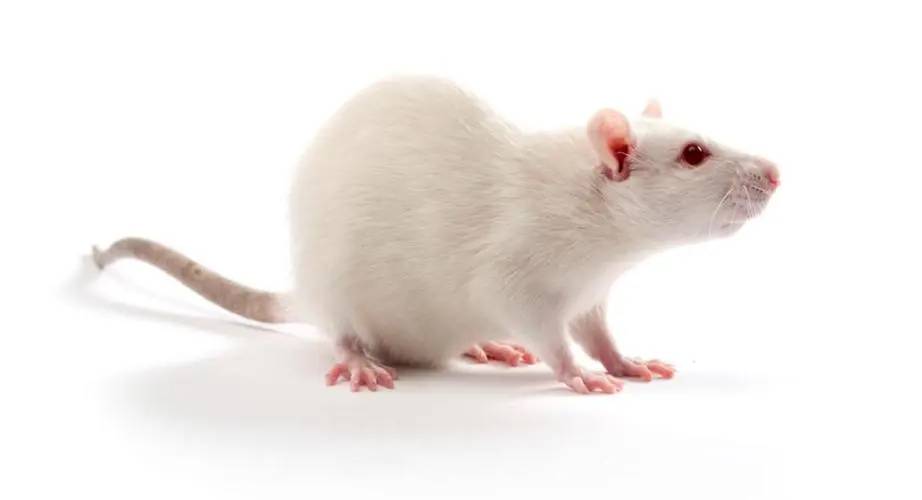
① Control group, 30 pcs. Routine rearing, no intervention.
②Moderate intensity exercise group, 30 animals. The group was trained to swim at a moderate intensity for 10 minutes, and then increased day by day to 30 minutes at the end of the first week and 60 minutes at the end of the second week, and then maintained this amount of exercise until the end of the 8 weeks of swimming.
③Exercise fatigue group, 30 animals.
Exercise fatigue was modeled. The rats were introduced to the water for 10 min at the first time, and then increased day by day to swim for 60 min at the end of the first week, 90 min at the end of the second week, and were subjected to high-intensity training from the third week onwards, and then swam for 90 min per day with a 1% weight on their tails at the beginning of the third week. In week 4, rats swam 90 min per day with 2% of their body weight on their tails, in week 5, rats swam 90 min per day with 3% of their body weight on their tails, in week 6, rats swam 120 min per day with 3% of their body weight on their tails, and in weeks 7 and 8, rats maintained the same level of exercise as in week 6, and then swam for the full 8 weeks. The rats swam 6 days a week, once a day.
④ Group 2: Octadecanol preparation group, 30 rats. In addition to the rat exercise fatigue model established in group 3, the rats were fed 4 ml of the Octadecanol preparation every day.
⑤ Ketoacetic acid-creatine group, 30 rats. In addition to the rat exercise fatigue model established in group 3, rats were fed pyruvate-creatine at a dose of 1000 mg/kg per day. The pyruvate-creatine was supplied by DEGUSSA, Germany.
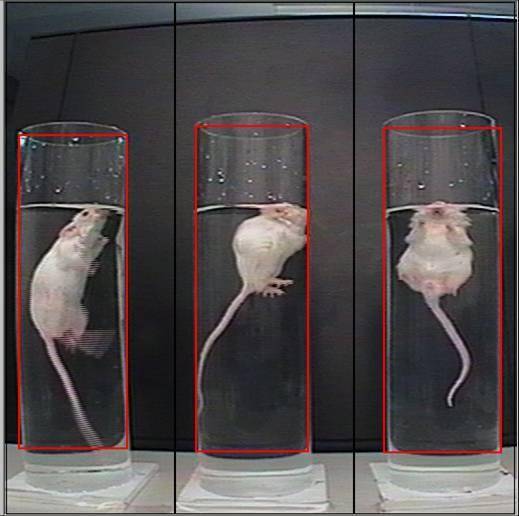
3. Blood Samples Were Taken and Indicators Were Measured
The rats in each group were weighed 24 hours after the last swimming training. Ten rats in each group were anesthetized with sodium pentobarbital, and blood was collected from the abdominal aorta for the measurement of blood glucose, blood lactate and blood urea nitrogen. The serum was separated for the size of T and C. Blood glucose, blood lactate and blood urea nitrogen were measured on a fully automatic biochemical analyzer. Blood glucose, blood lactate and blood urea nitrogen were measured by an automated biochemical analyzer; T and C were measured by an enzyme immunoassay kit, which was provided by Biotech, USA.
4.Preparation of Myocardial Samples and Determination of Indexes
After 10 rats were killed by decapitation, the myocardium was immediately cut into pre-cooled saline, washed out the residual blood, and then homogenized into 10% homogenate with pre-cooled Tris-HCI (pH 7.4) in an ice bath for use SOD activity and MDA was determined by the kit provided by Nanjing Jianjian Bioengineering Co. SOD activity and MDA content was determined by the kit provided by Nanjing Jianjian Bioengineering Co.
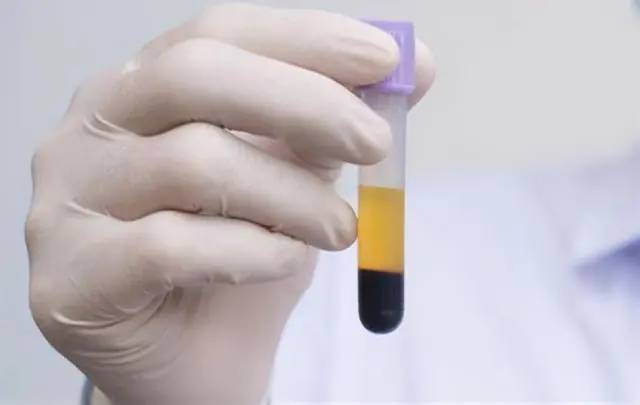
5. Statistical Methods
The data were expressed in the form of standard deviation, analyzed by ANOVA, and the significance of the difference between the two groups was analyzed by q-test.
Results
1. Effects of Octacosanol Preparation on Blood Glucose, Blood Lactate and Blood Urea Nitrogen in Rats with Exercise Fatigue
Blood lactate and urea nitrogen levels in the exercise fatigue group were significantly higher than those in the control group and the moderate-intensity exercise group and blood glucose was significantly lower than those in the control group and the moderate-intensity exercise group (P<0.05); blood lactate and urea nitrogen levels in the octacosanol preparation group and the pyruvic acid-creatine group were significantly lower than those in the exercise fatigue group, and blood glucose was significantly higher than those in the exercise fatigue group (P<0.05). The blood glucose was significantly higher than that of the exercise fatigue group (P<0.05), indicating that the octacosanol preparation and pyruvate-creatine could effectively increase the blood glucose level and inhibit protein decomposition in the exercise fatigue rats, as shown in Table 1.

2. Effects of Octacosanol Preparation on T, C, And T/C Ratio in Exercise Fatigue Rats
The T level and T/C ratio of rats in the exercise fatigue group were significantly lower than those in the control group (P<0.05); the T level and T/C ratio of the eicosanol preparation group and the pyruvate-creatine group were significantly higher than those in the exercise fatigue group (P<0.05); the T level and T/C ratio of the eicosanol preparation group were significantly higher than those of the pyruvate-creatine group (P<0.05). This indicates that the octacosanol preparation can increase the T level and T/C ratio of exercise fatigue rats, and the effect is better than that of pyruvate-creatine, see Table 2.

Table 1 Effect of Octacosanol Preparation on Blood Glucose, Blood Lactate, And Blood Urea Nitrogen in Exercise Fatigued Rats ( ± S)
Note: ① Compared with the control group and moderate intensity exercise group * P < 0.05, ② Compared with the exercise fatigue group # P < 0.05
Table 2 Effect of Octacosanol Preparation on T, C, and T/C Ratio in Exercise Induced Fatigue Rats (± s)
Note: ①comparison with control group and moderate intensity exercise group *P<0.05, ②comparison with exercise fatigue group #P<0.05, ③comparison with pyruvate-creatine group △P<0.05.
3. Effect of Octadecanol Preparation on Myocardial Antioxidant Indicators in Exercise Induced Fatigue Rats
Compared with the control group and the moderate intensity exercise group, the rats in the exercise induced fatigue group showed a significant increase in myocardial MDA content and a significant decrease in SOD activity (P<0.05); Compared with the exercise induced fatigue group, the octadecanol preparation group and the pyruvate creatine group significantly reduced the myocardial MDA content and increased SOD activity in rats (P<0.05), and the effect of octadecanol preparation was better than that of pyruvate creatine (P<0.05). Both octadecanol preparation and pyruvate creatine can antagonize the increase in myocardial lipid peroxidation levels in exercise induced fatigue rats, as shown in Table 3.

Table 3 Effect of Octadecanol Preparation on Myocardial Antioxidant Indicators in Exercise Induced Fatigue Rats (± S)
Note: ① Compared with the control group and moderate intensity exercise group * P < 0.05, ② Compared with the exercise fatigue group # P < 0.05, ③ Compared with the pyruvate creatine group △ P < 0 05
Discussion
There have been many studies on the application of traditional Chinese medicine to eliminate exercise fatigue, and most of them believe that exercise fatigue is mainly due to the symptoms of yang deficiency induced by exercise of excessive intensity and duration [2], which can easily lead to blood metabolism disorders and cause ischemic and hypoxic injury to myocardial tissues. In this study, we used Octadecanol as the main raw material, supplemented with other traditional Chinese medicines with the function of enhancing exercise function and fatigue resistance to formulate Octadecanol preparations, and explored its biochemical mechanism and myocardial antioxidant effect in anti-fatigue.
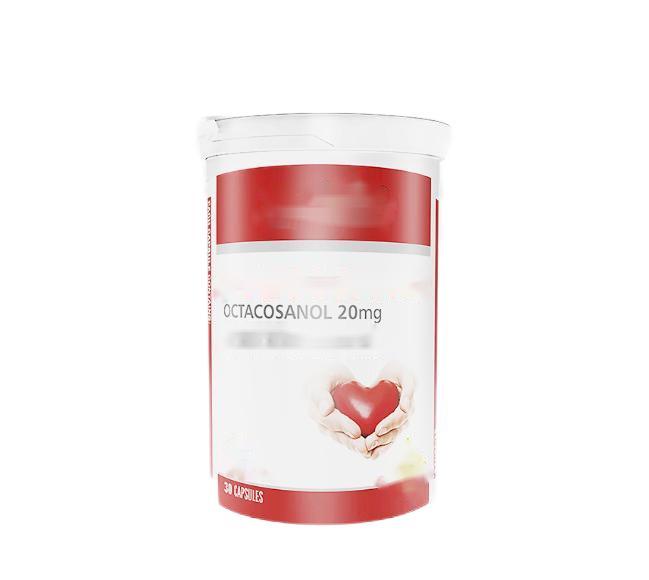
The results of relevant exercise fatigue tests show that [3], within 10s of the beginning of exercise, the body mainly consumes creatine phosphate, ATP, etc., and then the body will mobilize to consume blood glucose, and at the same time produce a large amount of lactic acid, with the prolongation of the exercise time, the body's available energy substances such as creatine phosphate, ATP, glycogen, blood glucose and other energy substances are reduced, and then the body has to mobilize to decompose fat, produce fatty acids for energy supply, and even decompose proteins. The body then has to mobilize to decompose fat, produce fatty acids for energy, and even decompose protein, metabolize energy and produce urea nitrogen to make up for the lack of energy in the body.
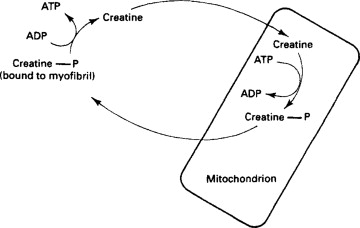
The results of this experiment show that the administration of Octadecanol can improve energy metabolism as effectively as the anti-exercise fatigue drug pyruvate-creatine, which has the effect of improving blood glucose levels and reducing protein mobilization and decomposition in the body and has significant anti-exercise fatigue effects.
T level and T/C ratio are two indicators closely related to exercise ability and the elimination of fatigue. In this study, the serum T value of the exercise fatigue group was significantly lower than that of the control group, and the T/C ratio also significantly decreased, leading to a decrease in exercise induced blood testosterone. However, there was no significant difference in T levels between the two medication groups and the control group, and it was significantly higher than the exercise fatigue group. This indicates that octadecanol preparation can correct the decrease in T levels caused by exercise, improve exercise ability, and have a good anti exercise fatigue effect, and the effect is better than that of pyruvate creatine.
Under normal circumstances, the production and clearance of free radicals are maintained in a dynamic equilibrium state, and excessive or insufficient amounts can cause damage to the body. Exhaustive exercise can cause the body to produce excessive free radicals, which can enhance lipid peroxidation and produce a large amount of MDA. The results of this experiment indicate that the MDA content in the myocardial tissue of rats with exercise induced fatigue significantly increased, and after administration of octacosanol preparation, the MDA content significantly decreased, indicating that octacosanol preparation has the effect of inhibiting myocardial lipid peroxidation after exhaustive exercise. In addition, an increase in MDA content may be due to abnormal generation of free radicals in the body, or a decrease in the antioxidant capacity of the antioxidant protection system in the body [4].

SOD is the most important antioxidant enzyme in the body, playing an important role in free radical damage. This experiment found that the SOD activity of rats in the exercise fatigue group was significantly reduced, possibly due to the increase in lipid peroxidation levels caused by exhaustive exercise, which consumed a large amount of SOD to eliminate lipid peroxidation products in the body, resulting in a decrease in the activity of antioxidant enzymes. The SOD activity of the myocardium in rats supplemented with octacosanol significantly increased, maintaining antioxidant enzyme activity at a certain level and preventing oxidative damage to the myocardium.
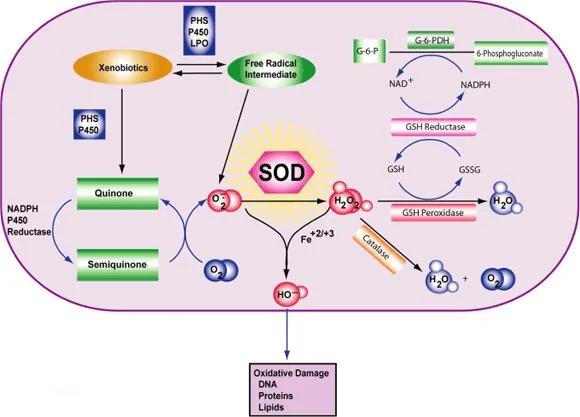
In summary, this experiment investigated the relevant biochemical mechanisms and myocardial antioxidant effects of octacosanol preparations in anti fatigue. It was found that octacosanol preparations play an important role in increasing blood sugar levels in rats, inhibiting protein breakdown, increasing serum testosterone levels, and preventing myocardial damage. They are an ideal anti exercise fatigue drug.
Reference:
[1] He Xinyi. Research Status and Application of Octadecanol[J]. Modern Food, 2005, 21(2):219-220.
[2] Yu Qian. Integral Thinking and Application Prospects of Chinese Medicine Against Force Fatigue [J]. Chinese Journal of Sports Medicine, 2001, 20(1):3-4.
[3]Yang Wenling, Xue Wentong, Cheng Yongqiang, Et Al. Experimental Study on the Effects of Chinese Herbal Medicine on Exercise Fatigue Resistance in Mice[J]. Nutrition and Health, 2005, 26:77-79.
[4]Boffi FM, Citt ar J, Balskus G, et al.T raining-induced apoptosis in skeletal muscle.[J].Equine Vet J Suppl, 2002,(34):275-278.
-
Prev
Exploring the 4 Main Octacosanol Uses
-
Next
A Step-by-Step Guide to Making Octadecanol Powder from Rice Bran Wax


 English
English French
French Spanish
Spanish Russian
Russian Korean
Korean Japanese
Japanese